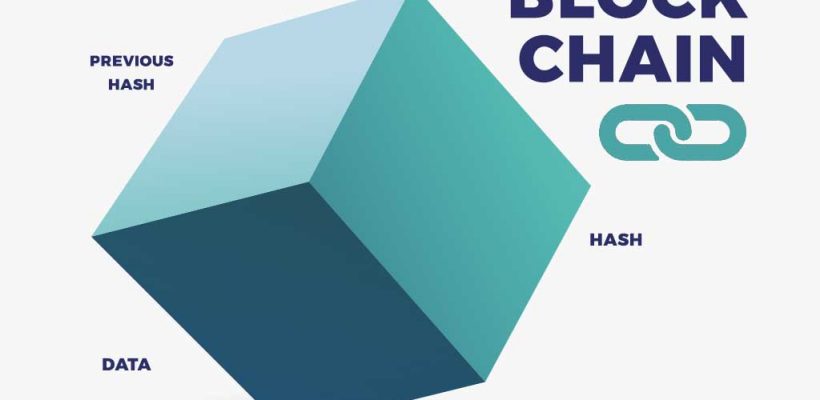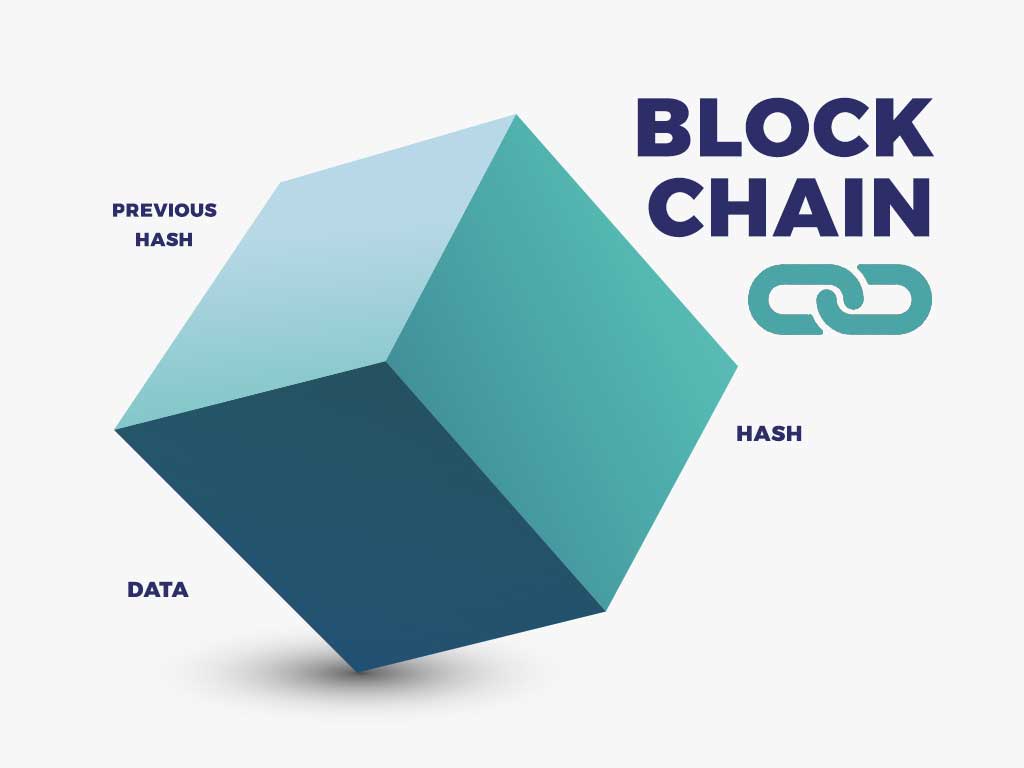
Blockchain is a technology that was originally conceptualized in the early 1990’s but gained widespread popularity with the rise of Bitcoin, the first blockchain-based cryptocurrency.

A blockchain is a chain of blocks, where each block contains a cryptographic hash, the hash of the previous block, and the actual data. The hash functions as a unique digital fingerprint, ensuring the integrity of the data. Bitcoin, for example, uses SHA-256 encryption to generate these hashes. The hash of the previous block links the chain together, making it tamper-resistant and allowing verification of data integrity. The proof-of-work mechanism plays a crucial role in maintaining security and preventing fraud.
Blockchain is also an open, distributed ledger, meaning anyone can participate. A full copy of the blockchain is publicly available. For example, Bitcoin’s blockchain has grown well beyond 500GB and continues to expand as more transactions are recorded.
Although originally designed as a decentralized timestamping system, blockchain technology has evolved significantly. Today, it powers cryptocurrencies, smart contracts, supply chain tracking, and many other applications, with the potential to revolutionize digital security and transparency.
.
